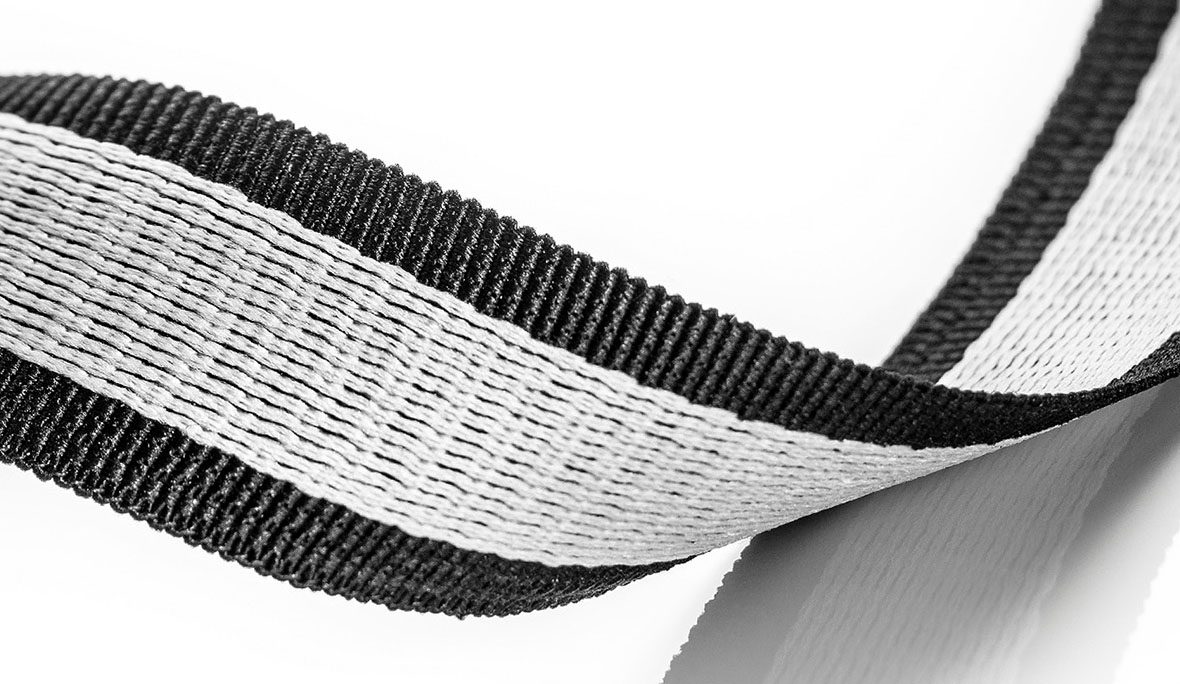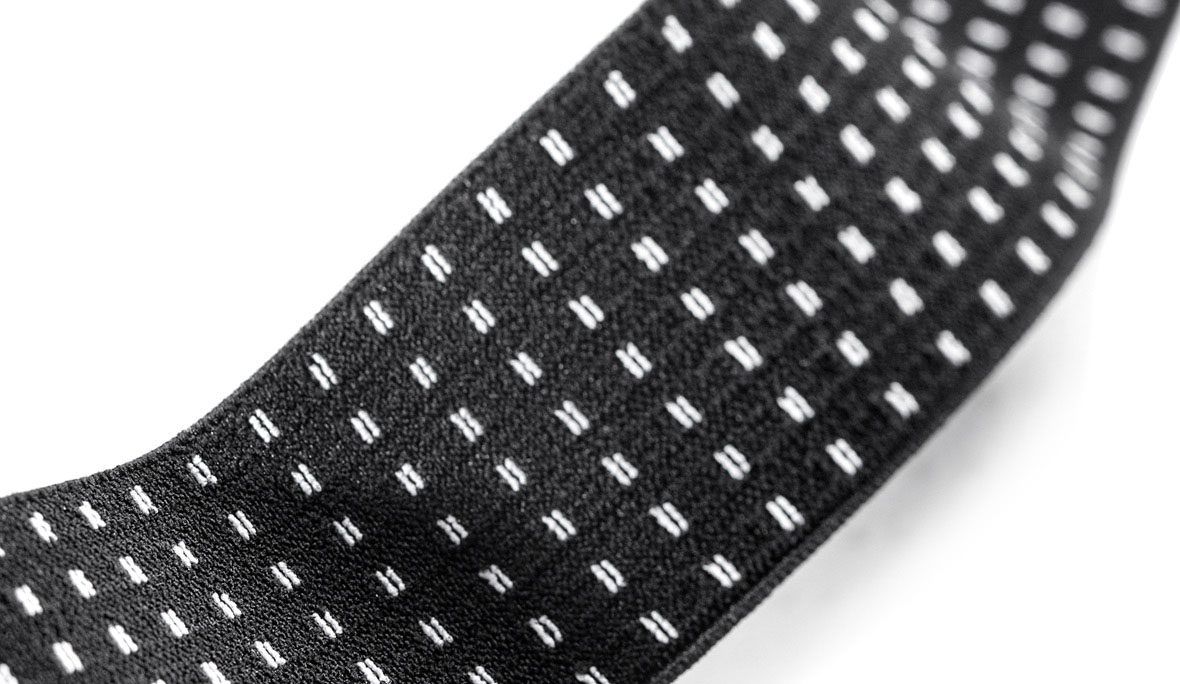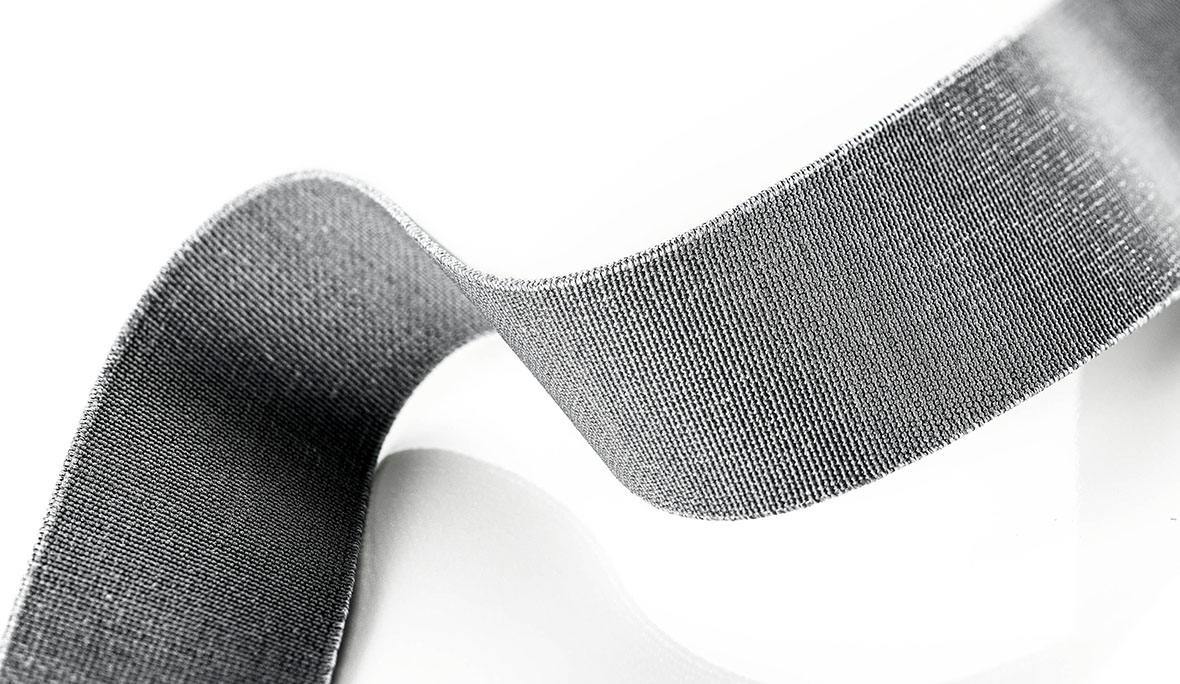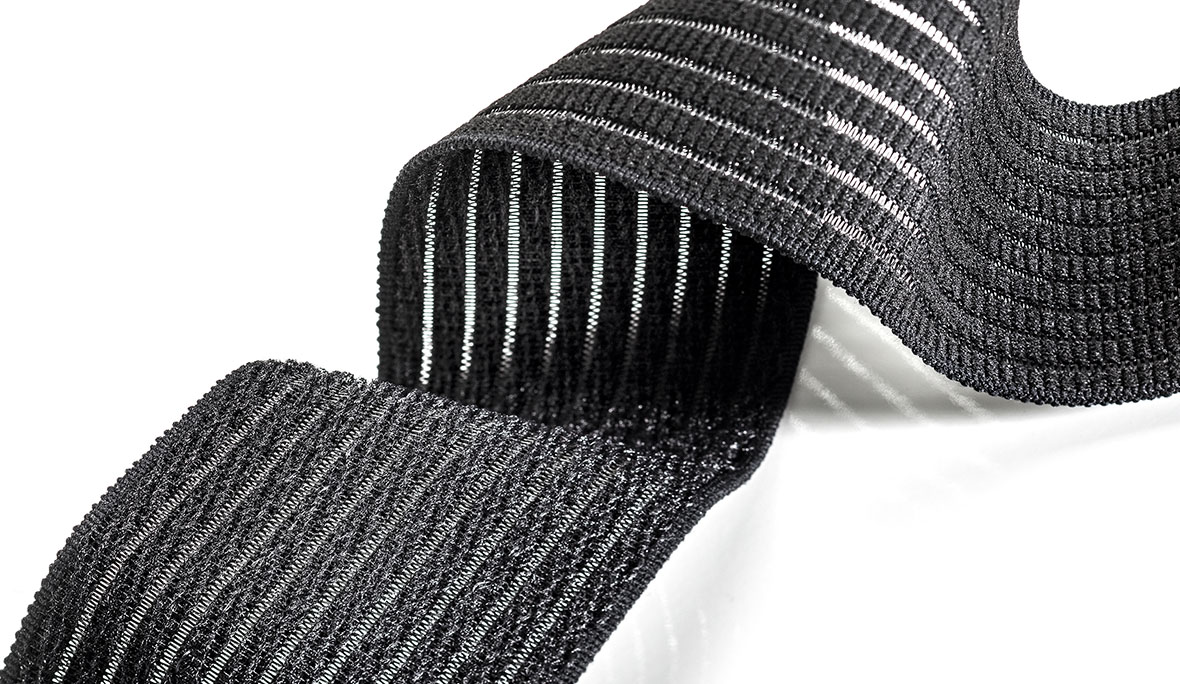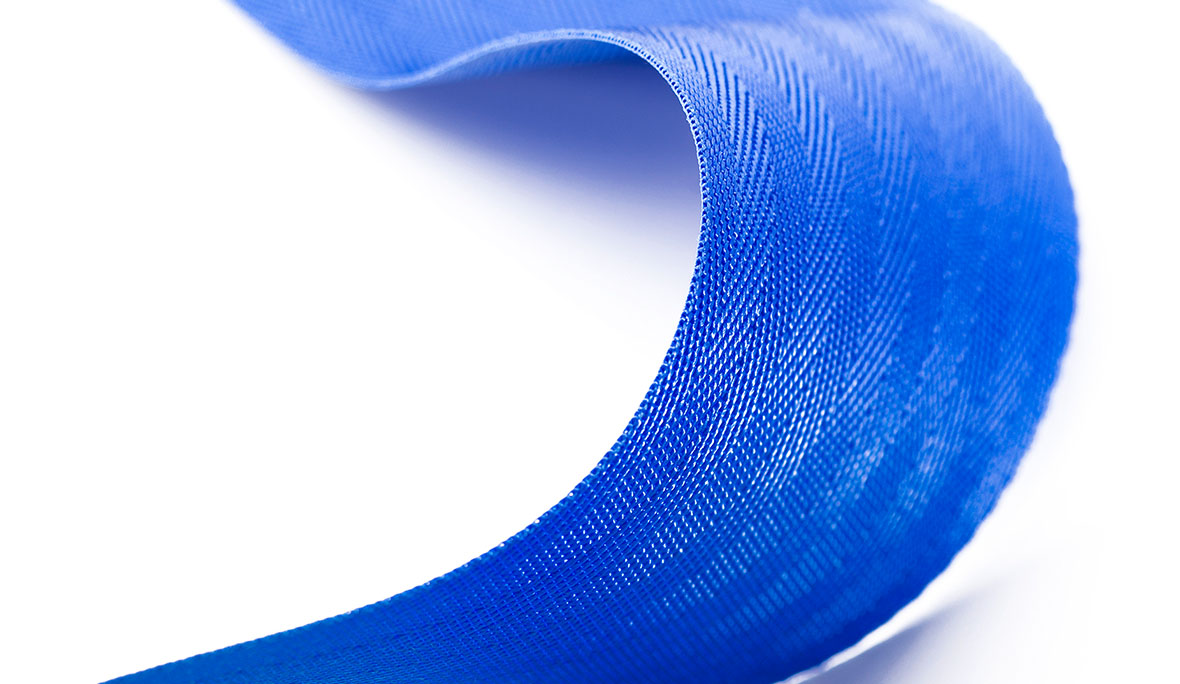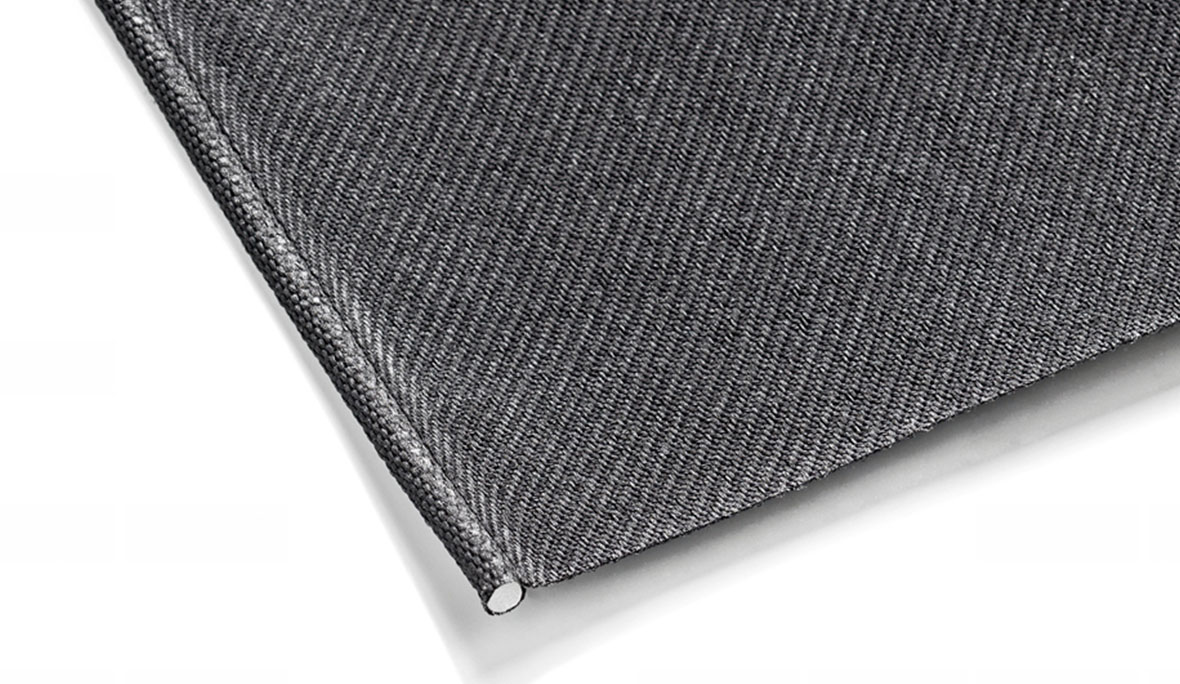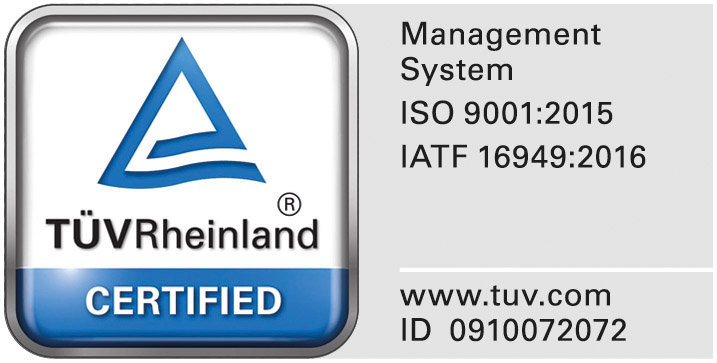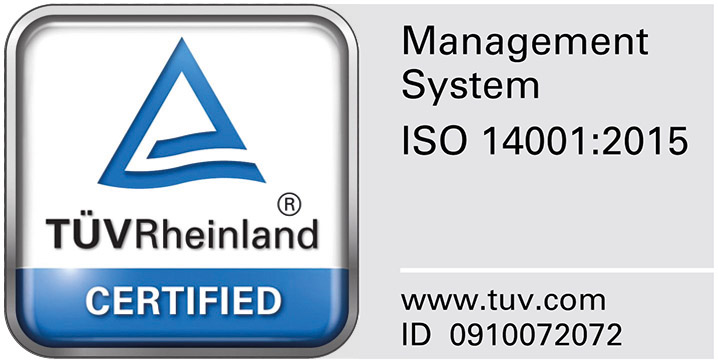Textile technology IV – Weaving
2021-01-22
Unique Weaving Technology, versatile options
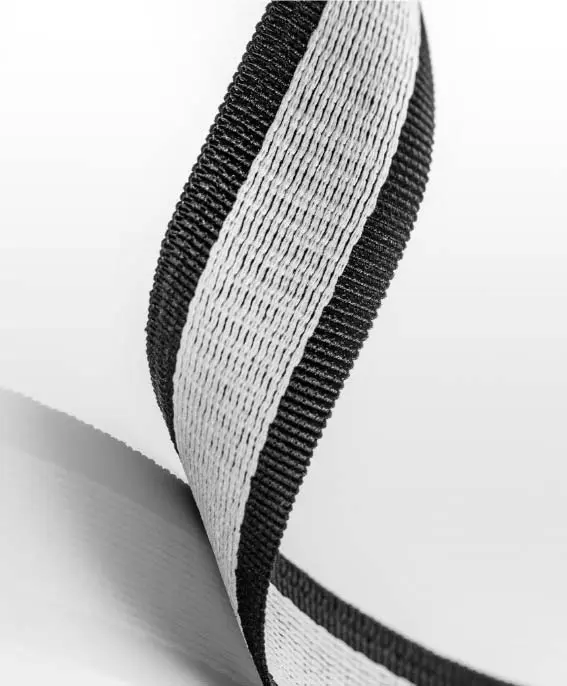 A pair of jeans, an elastic bandage, a reinforcing weaving technology textile for facade construction – as different as these textile products are, they have one thing in common: two yarns systems that cross each other at a 90° angle. This is what characterises all wovens have in Weaving Technology. The warp runs in the longitudinal direction, the weft in the transverse direction weaving technology. And always at a 90° angle. The two yarns systems oriented at right angles distinguish them from knitted textiles. Knitted textiles consist of fibre loops that are knotted together to form a knit ware. The 90° angle forms the elementary difference to braiding, where the fibre strands are intertwined at different angles.
A pair of jeans, an elastic bandage, a reinforcing weaving technology textile for facade construction – as different as these textile products are, they have one thing in common: two yarns systems that cross each other at a 90° angle. This is what characterises all wovens have in Weaving Technology. The warp runs in the longitudinal direction, the weft in the transverse direction weaving technology. And always at a 90° angle. The two yarns systems oriented at right angles distinguish them from knitted textiles. Knitted textiles consist of fibre loops that are knotted together to form a knit ware. The 90° angle forms the elementary difference to braiding, where the fibre strands are intertwined at different angles.
Particularly versatility in Weaving Technology
As strict as the woven textile structure is – two yarns systems are connected at a 90° angle – it offers a tremendous variety of possibilities in Weaving Technology. First of all, of course, there is the material: depending on the choice of raw material for the yarns systems, textiles with very different properties are created. Almost anything is possible – from natural fibres through synthetic and glass fibres to metals. In addition, there is the weaving technique: plain weave, twill weave and satin weave open up an enormous range of variations. The type of weaving technology influences the flexibility of the woven textiles and their surface structure, for example, allowing for different properties on the underside and top side, and much more.
From extremely strong to extremely flexible weaving technology
The strength of a woven textile can be measured on the one hand by the force that needs to be applied to pull a single thread out of the woven textile in the longitudinal direction: the single thread pull-out force. And on the other by the force required to move a thread perpendicular to the longitudinal axis: the push resistance. The higher these values are, and the more densely the textile is thus woven, the more stable the product.
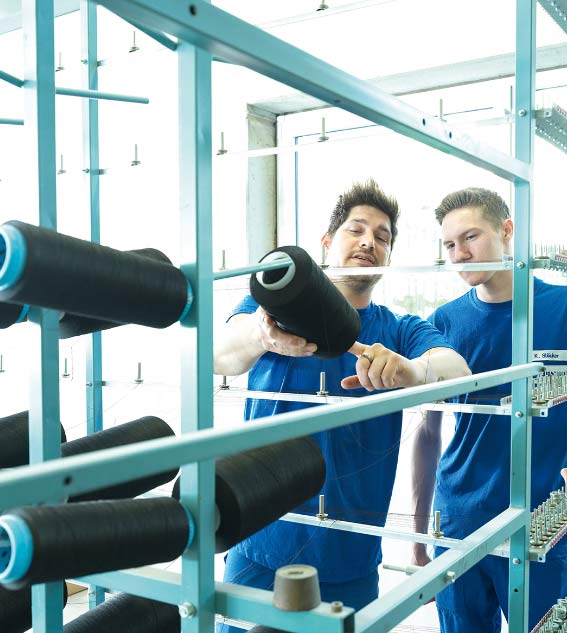
From extremely dense to extremely permeable in Weaving Technology
A densely woven textile behaves differently from one that is very loosely woven, i.e., it has a lower number of warp and weft threads per unit of length. The thread density – always in conjunction with the raw material – has a decisive influence on the permeability of wovens. The thread density of wovens can be individually defined depending on the use and requirements.
From extremely narrow to extremely wide in Weaving Technology
Also in terms of its dimensions, many things are possible with wovens. From a narrow woven of just a few millimetre for medical use to a sailcloth many metres wide.
Wovens go the distance
From an industrial point of view, the high productivity of weaving technology is interesting: weaving looms really go the distances – compared to braiding and knitting machines.
At JUMBO-Textil, we use both the general and specific properties of wovens for the development and production of our high-quality technical narrow textiles. We meet additional specifications through the subsequent finishing and fabrication of our narrow textiles. In this way, with our narrow textiles made of high-tech materials, we develop custom-fit textile solutions – for the widest variety and demanding applications in numerous industries.
Narrow textiles by JUMBO-Textil
Photos: JUMBO-Textil


